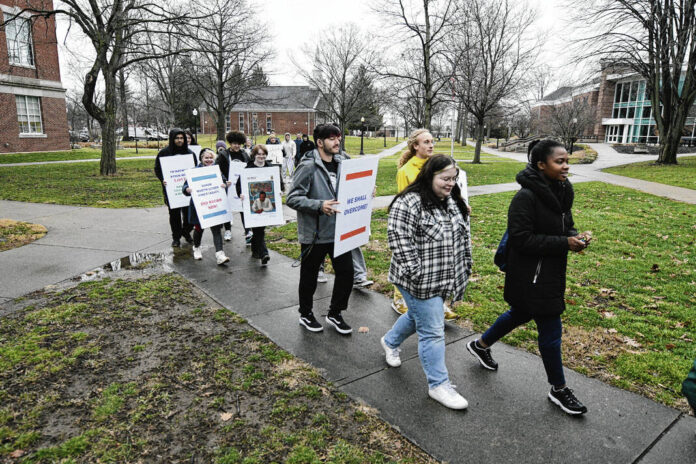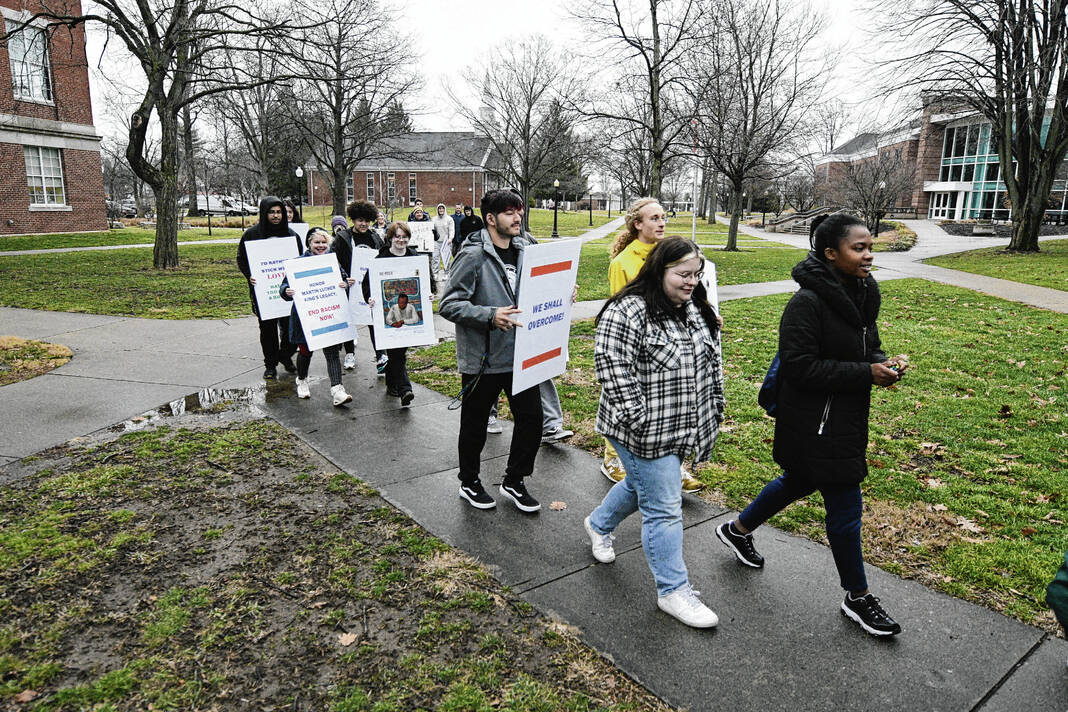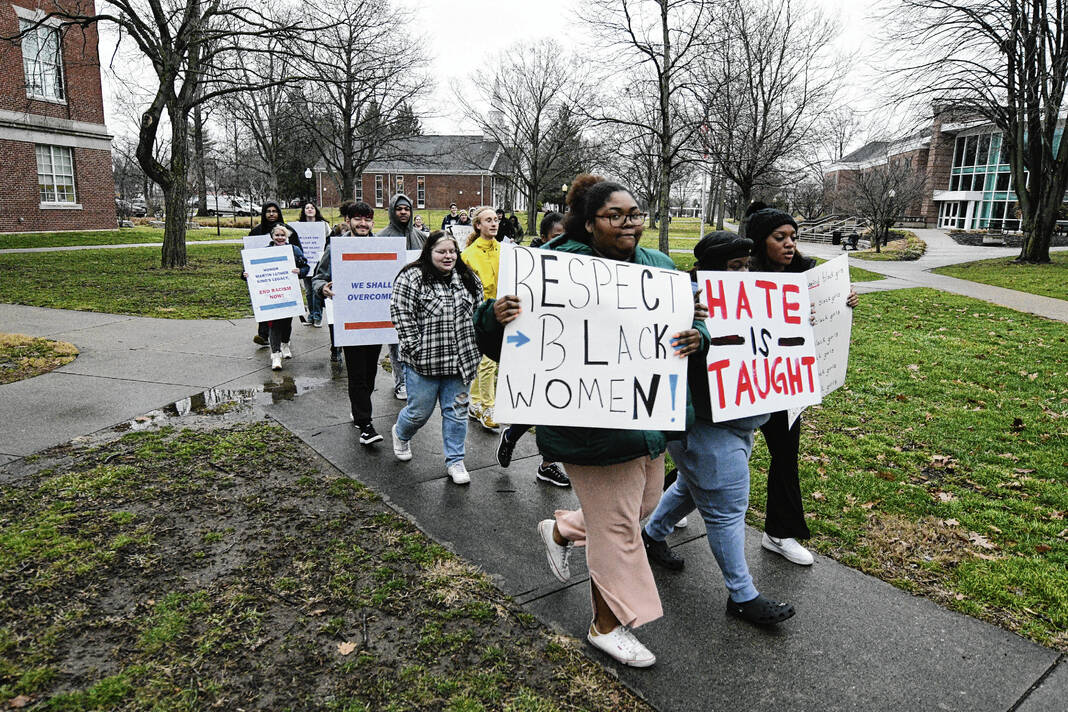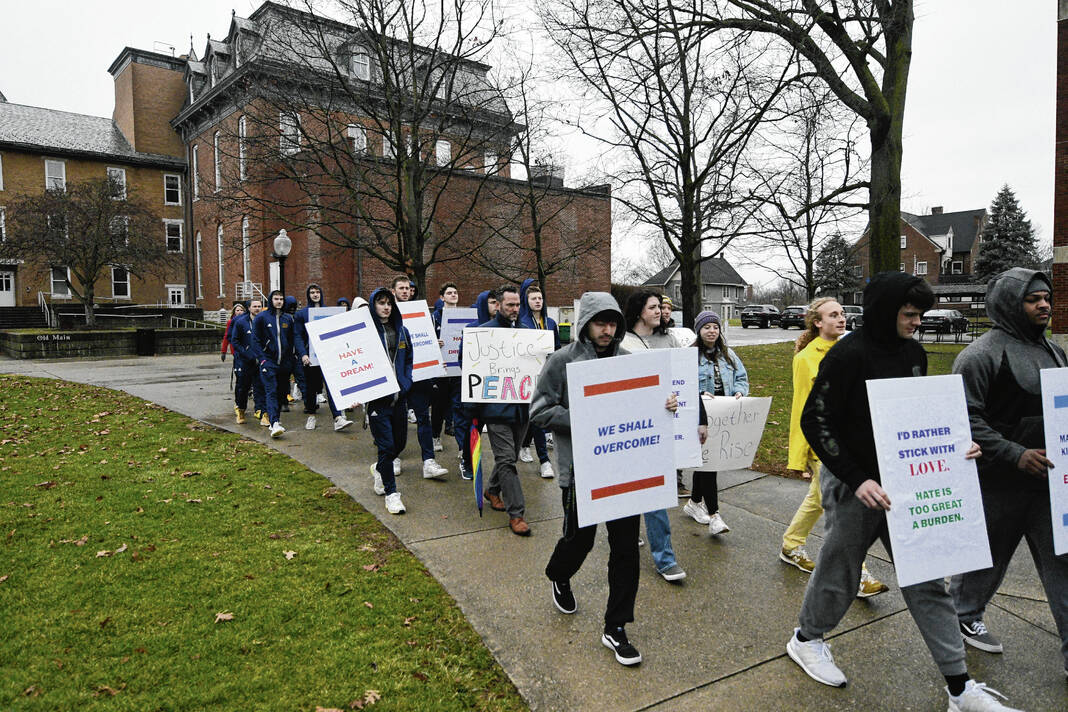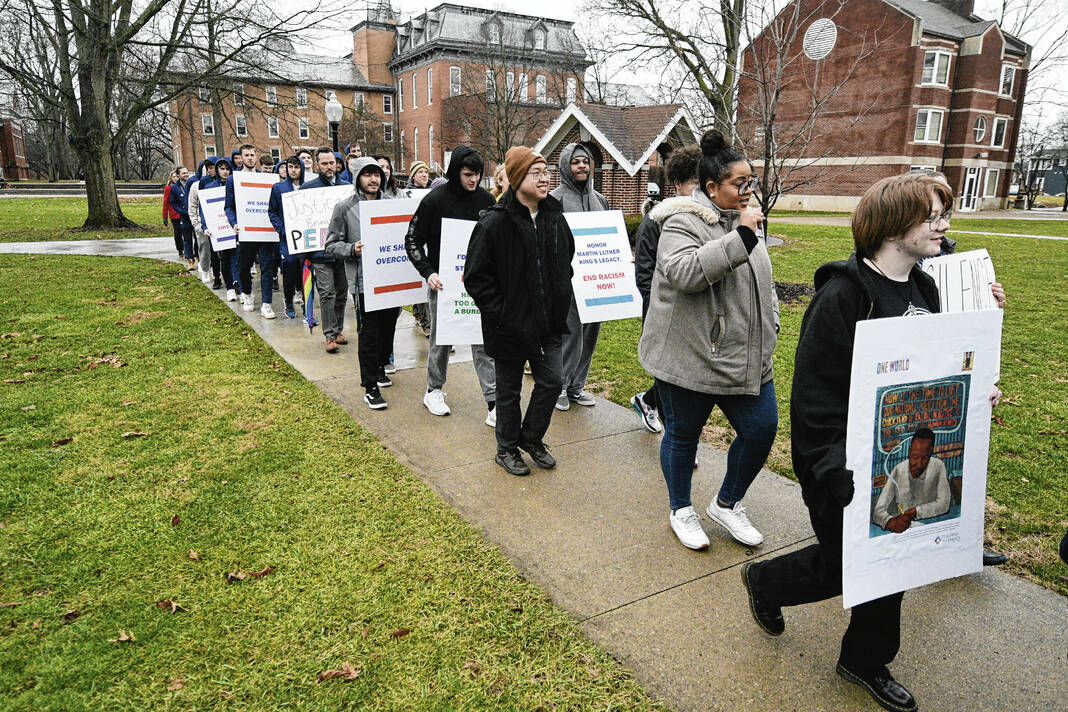Local schools are celebrating and accommodating diversity as students reflect on the dreams and legacy of Rev. Martin Luther King, Jr.
When Whiteland Community High School started its first Punjabi class during the fall semester, it was a mark of just how diverse Clark-Pleasant Community School Corporation had become.
Kuldeep Waraitch, who teaches the class, speculated it was perhaps the only class of its kind in any Midwestern public high school. The school district was 97% white in 2003, but the district is now 63% white. Minority communities, including Punjabi students who make up the largest group of English Language Learners in the school district, now represent 37% of the overall student population, said Patrick Spray, superintendent.
The school district is the most diverse in Johnson County. The next most diverse district, Greenwood Community School Corporation, is 71% white, according to data from the Indiana Department of Education.
“We anticipate within the next five to 10 years we’ll tilt towards 50% or more (minority population),” Spray said. “Every student should feel they’re a part and welcome and every family should feel their voice is being heard in our school corporation.”
Along with Whiteland Community High School adding a Punjabi class, Clark-Pleasant schools hired its first director of diversity, equity and inclusion in July 2021. Ruby Butler, the director, said some parents have a misconception of DEI, linking it to Critical Race Theory, which is mainly taught in law school and not at Clark-Pleasant. Instead, DEI is about including people of all races and backgrounds so people can learn from each other’s experiences, she said.
“When I think about diversity, equity and inclusion, it’s married to what we’re doing. We want to make sure we honor all our students, their experiences and what they bring to the table,” Butler said. “We want to make sure students get what they need to be successful. It’s included in our teaching and strategies and practices to make sure all students feel like they belong.”
Accommodating people of different backgrounds at Clark-Pleasant schools includes discussing different cultures and their holidays and traditions in the classroom. At Clark-Pleasant, that means talking about not just Christmas, but Kwanzaa, Diwali and Hanukkah, Spray said.
It also means breaking down barriers. The school district now communicates with parents via ParentSquare. The application can send parents alerts via text, on social media or through the ParentSquare website. Parents can select their language preference, translating messages from the school to their native language and then translating it back to English for educators at Clark-Pleasant schools, Butler said.
Diversity, equity and inclusion includes catering to not only people of different racial backgrounds, but different abilities, genders and economic statuses, Spray said.
During the school day, teachers make adjustments for different students so they aren’t at a disadvantage, Butler said.
“If there are different abilities in the classroom we make sure kids have what they need whether it’s a left-handed pair of scissors, a particular seating arrangement or books with large text so kids can see,” she said. “Equity means getting kids what they need and inclusion is making sure all kids feel a part of the community circle, pronouncing kids’ names correctly so they feel like they’re supposed to be there.”
A 2022 tally of Franklin College students reveals the school is 81% white, but is more diverse than it was in other recent years. In 2018, for example, the school was 87% white and in 2020 it was 86% white. In 2022, however, the school’s minority populations grew to include more Hispanic, Asian and Black students than any other year dating back to 2018, despite having fewer students overall than in previous years, according to data Franklin College officials collected internally.
The trend of the data is something school leaders see as an advantage, said Kerry Prather, the college’s president.
“Increasing diversity is not only a good thing in and of itself in terms of bringing all different backgrounds and experiences together, but it’s just a more vibrant environment for students to learn,” Prather said. “We want students to have the experience of being surrounded by all kinds of people because that’s the world they’ll graduate into.”
Maegan Pollonais directs the college’s Center for Diversity and Inclusion. Part of the center’s responsibility is making sure students of all backgrounds see themselves represented on campus, Pollonais said.
Since the start of the 2021-22 school year, students from underrepresented groups formed the Latinx Students Association, Brother2 Brother and Sister To Sister, in addition to the already existing Franklin College Pride Alliance and Black Student Union. The school also hosted its first diversity prom in the spring, during which students could dress in a way that represents them, and faculty members have led trips to the Indy Pride Parade, Pollonais said.
“Some diverse students don’t see themselves represented in events that are culturally representative of their background,” she said. “When they have the opportunity to get in there, it allows them the power and agency to take ownership of their student enjoyment.”
With a more diverse campus, students can also learn from each other, Pollonais said.
“Malcolm X said there was once a point in time we didn’t know something. Ignorance is not bad. It’s OK to learn and it’s OK to make mistakes. That’s how we become compassionate people,” she said. “If you are lacking understanding about something and have questions and curiosity about it, it’s better to reach out and communicate than not.”


